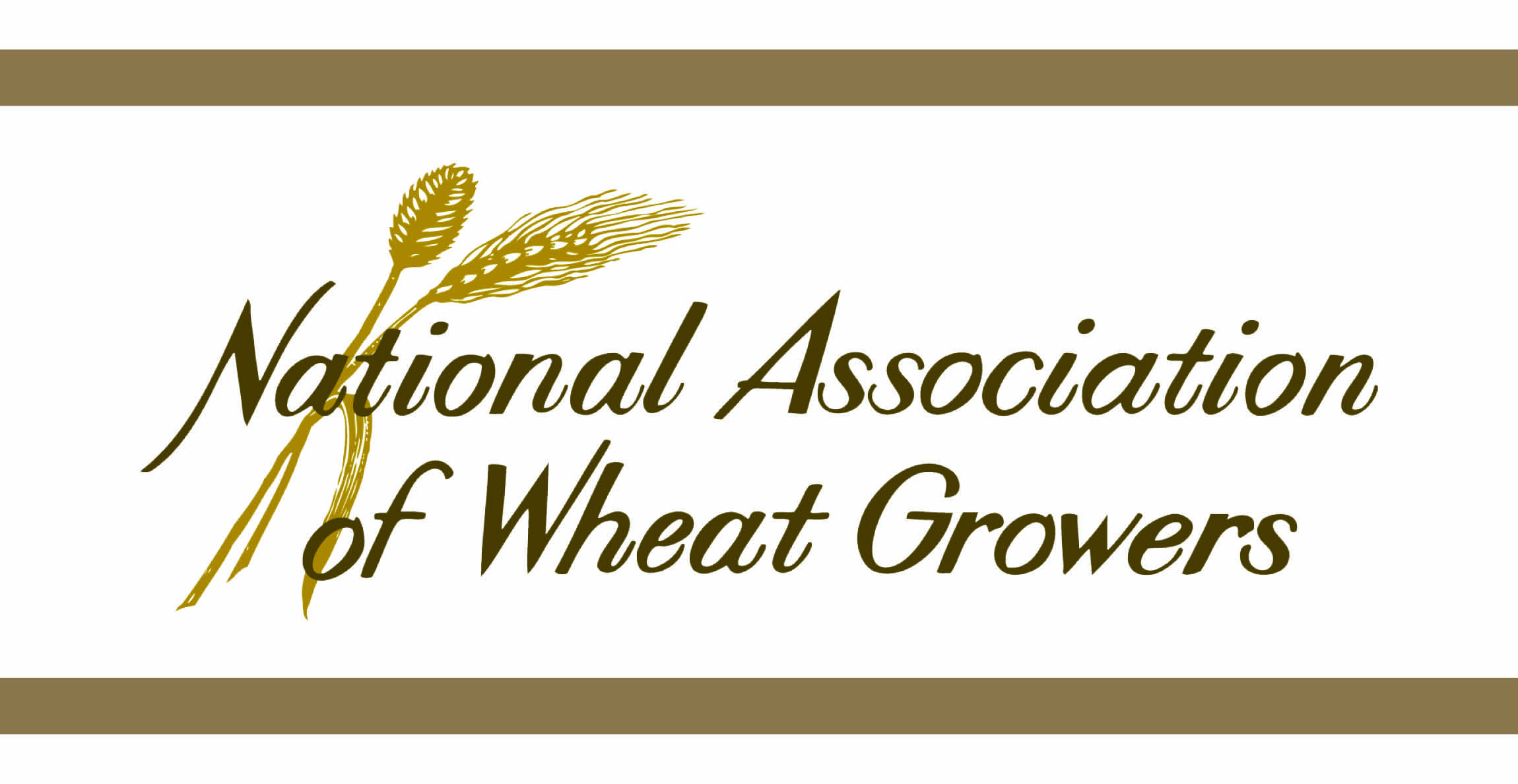Let’s Level the Playing Field for Wheat
By Gordon Stoner, President of the National Association of Wheat Growers (NAWG) and a wheat farmer from Outlook, Mont. This op-ed first appeared in “The Hill.”
The United States is known for producing the highest quality wheat in the world, yet when U.S. farmers market their wheat at a Canadian elevator, it is automatically labeled as “foreign wheat” and given the lowest possible grade (a way to measure grain quality). Cross-border wheat faces major hurdles in Canadian marketing channels, primarily due to the country’s grain grading system. Conversely, Canadian wheat has full access to the U.S. bulk grain handling system. U.S. wheat farmers should be treated the same when delivering to Canadian grain elevators as their neighbors to the north are when delivering to U.S. elevators. The modernization of the North American Free Trade Agreement (NAFTA) is a ripe opportunity to level the playing field.
I grow hard amber durum wheat primarily used in pasta production. This high-quality wheat class is valued for its premium protein and gluten strength, within 10 miles of the Canadian border. When prices are higher in Canada, it would not be difficult for me to take advantage of those price premiums and drive across the border to deliver my wheat. But until this grading issue is resolved, that is not an option. My neighbors just on the other side of the border do not have this problem; if prices are higher at a U.S. elevator, they can easily drive south to deliver their wheat. This kind of disparity is frustrating for farmers in Northern Tier states, especially given declining wheat prices and thin profit margins in recent years.
Canada’s grain policies require all wheat not grown domestically to be segregated and classified as “foreign grain” and therefore automatically demoted to “general purpose” or feed wheat. Canada’s grading system even discriminates against wheat grown in the United States that is identical to varieties of wheat approved for planting in Canada (Canada regulates the varieties of wheat plants that can be graded, unlike the United States, where we only grade based on the intrinsic properties of the grain). Such classification results in a substantial price discount regardless of the quality of the wheat, and segregation costs provide little incentive for elevators to handle U.S. wheat of equal or better quality.
An updated NAFTA should remove Canada’s discriminatory grading treatment. All U.S. wheat moving into Canada should be evaluated on quality parameters without regard to country of origin. Canada’s policies are clearly national treatment issues, which Canada has a current obligation to resolve under its World Trade Organization commitments. However, NAFTA can also be the vehicle to fix the grading issue. Canada’s grain policies deprive U.S. wheat farmers near the border of significant marketing opportunities, while millions of bushels of Canadian wheat stream uninterrupted across the border.
Trade agreements have the potential to create a level playing field where individuals, families and companies can make their own decisions about what to buy and sell. The role of trade agreements is to provide that opportunity, and that benefits both U.S. wheat buyers and wheat producers. Industry groups on both side of the border agree that this is an issue that needs to be resolved.


